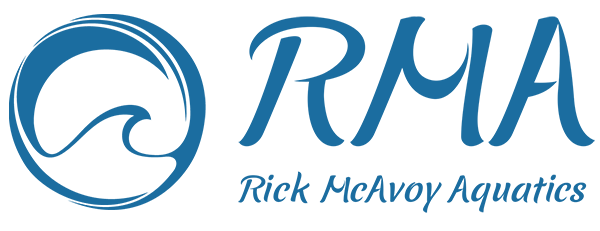Train in 3D, No glasses required
3-dimensional functional training has always been a major focus of mine. As a physical therapist I have to develop functional training programs for clients who need to return to work, sport and overall quality of life.
My education in 3D functional training came early while I was attending the University of Connecticut. One of my professors there was David Tiberio who together with Gary Gray are pioneers in the field of functional training. Both Gary and David offer functional training education though the Gray Institute.
The Certification in Applied Functional Science is a great course through the Gray Institute that I highly recommend to anyone especially those specializing in aquatics. It will help to maximize the use of the water with your clients or athletes.
Why is 3D training important?
As Gary Gray explains human beings are three-dimensional: “We’re capable of moving in three planes of motion — forward and back, side to side, and rotationally. But it goes further than that: We’re also muscles, bones, and nerves. We can express strength, endurance, and power. And we’re mind, body, and spirit. If we leave any of those dimensions out, then we’re not training the whole person.”
We are very patterned individuals. We tend to sit too much during the day and most times if and when we exercise we incorporate straight plane type movements. This tends to lead to muscle imbalance, joint dysfunction and hence injury.
By incorporating the water, functional gains can be made faster incorporating 3D training because:
Water provides three-dimensional resistance inherently, so the muscular and neurological systems receive a more comprehensive training effect than land.
In the water, the focus can be on both flexibility and strength/stability at the same time. This will assist in reducing muscle imbalances and improving posture and function on land.
The ability to target movements not just muscles. Because of the waters surrounding properties clients and athletes are able to train functional movement patterns easier than on land
One of the most important things that I think the water provides is the benefits to train the nervous system.
Muscle imbalances can cause increased inhibition which leads to increased apprehension. By decreasing muscle inhibition it will lead to decreased apprehension and produce cleaner movements.
Because water is a surrounding proprioceptively enriched medium, it provides increased kinesthetic feedback. This feedback helps to clean up dysfunctional movement patterns.
So the next time you are training clients in the water, try to remember and incorporate a 3D philosophy. For example, can the client perform an exercise in which the arms are moving in one plane while the legs are moving in another? I think you will find it challenging as well as beneficial for your client or athletes.
